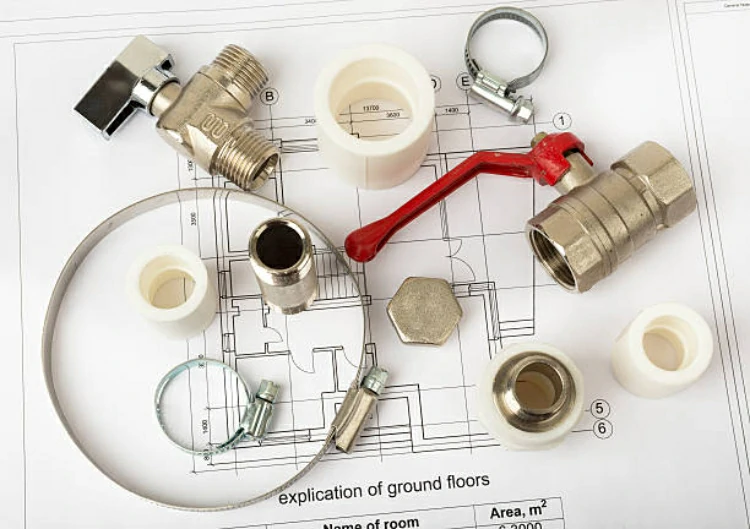Introduction
Ball valves, as a quarter turn valve, play a key role in fluid control. Its unique design regulates the flow of liquid by rotating a hollow, perforated ball, making the ball valve widely used in pipeline systems. This article will delve into the structure of ball valves and their basic components, and discuss the advantages and disadvantages of using ball valves.
What is a ball valve?
A ball valve controls liquid flow using a hollow, perforated, rotating ball. In the open position, the hole aligns with the ports, allowing fluid to pass. When the handle rotates 90 degrees, the holes align with slots, blocking fluid passage. This design enables reliable fluid control.
The basic components of the ball valve include the following:
- Valve Body housing – The valve body housing contains all internal components of the ball valve. It’s typically constructed from sturdy stainless steel, providing protection for the ball valve components. Additionally, it enables external control devices to rotate the sphere.
- Ball – Ball is the core part of the ball valve, with a middle hole. This hole is called a orifice and is used as a channel for fluid flow. The cross-section of the sphere is the same as the plane of the aperture, ensuring smooth flow of fluid and preventing excessive obstruction.
- Axis – the axis that connects the sphere and makes it rotate. The shaft typically features markers like O-rings and packing rings to seal it and the bonnet, preventing liquid leakage. It can be operated with a handle, lever, or other external control device, or electrically, pneumatically, or hydraulically driven.
- Valve cover – The valve cover is an extension of the valve body that houses and protects the shaft and its sealing device. The bonnet may be covered or tied around the body and is usually made of strong solid steel. It also closes the holes made by connecting the shaft to the external control mechanism.
- Seat – The seat is located between the ball and the body, providing a sealing effect. The upstream seat is located near the inlet side of the sphere, while the downstream seat is located on the output side where the fluid flows. This ensures the critical sealing function of the seat in ball valve operation.
The advantages and disadvantages of ball valves
One advantage of ball valves is their ease of operation and maintenance. Their simple design enhances reliability and durability compared to other valve types, making them critical for piping systems. Additionally, ball valve offer tight closing functionality due to their quarter-turn operation, ideal for precise fluid flow control applications. However, a drawback is their complex internal structure, making repair difficult once damaged or worn. Improper maintenance can lead to leaks due to dirt and debris buildup, causing stalling or failure. Finally, ball valves may not withstand high pressure without failure or leakage, making them unsuitable for such applications.
conclusion
Users prefer ball valve for their reliability, durability, and ability to tightly close in fluid control. However, it’s important to note that their internal structure is complex, making maintenance and repair relatively difficult. With proper maintenance, ball valve exhibit excellent performance in various applications, providing reliable support for pipeline system and fluid control.
Contact
IFAN is a Chinese manufacturer of plastic pipes, fittings and valve with 30 years of experience. If IFAN copper valves, PPR valves, pipes, and fittings interest you, please don’t hesitate to contact us. IFAN offers you a variety of standard pipes to meet your specific needs. Click below to learn more about IFAN’s wide range of affordable and cost-effective valve products and piping system related products.
We will reply your email or fax within 24 hours.
You can call us at any time if there is any question on our production.
For more information,pls visit our webside https://www.ifanplus.com/
Pls Mailto: [email protected]






